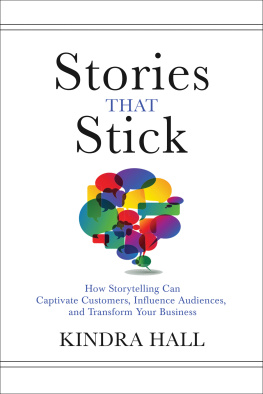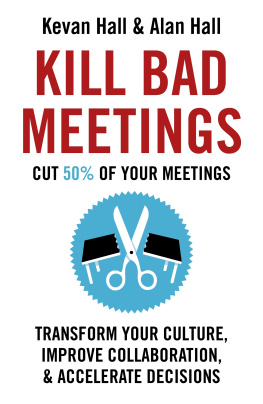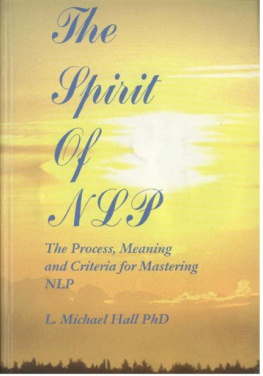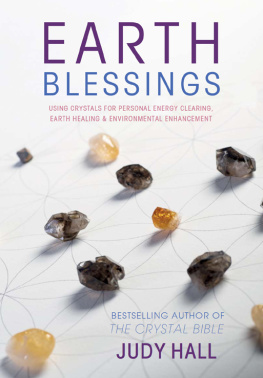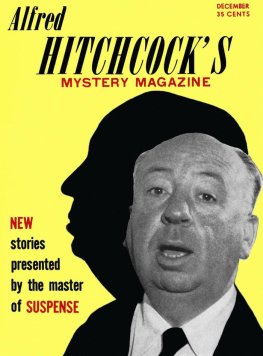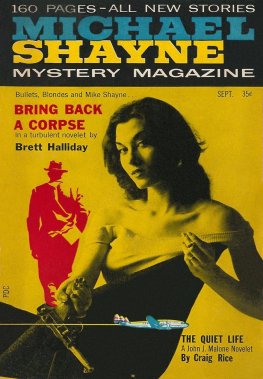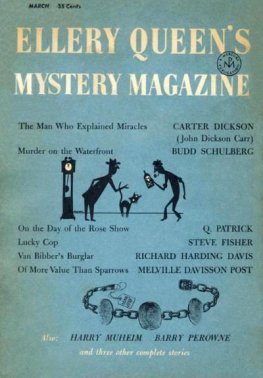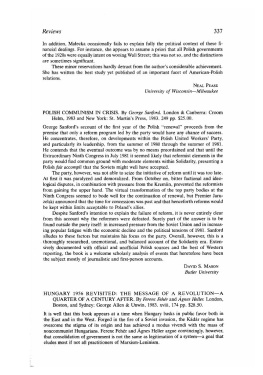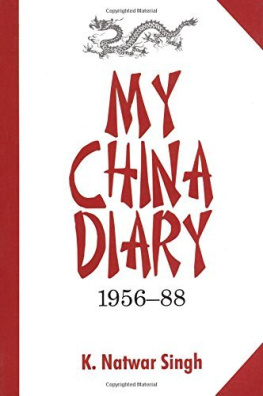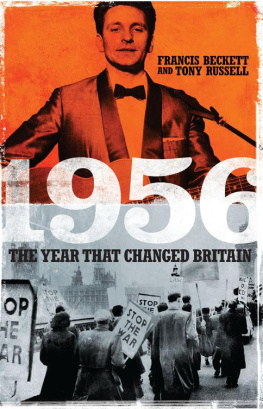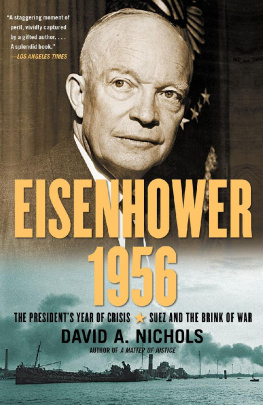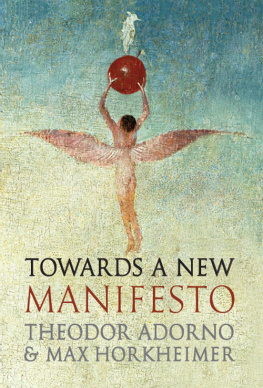PROLOGUE
We can say this year more than ever before that the future depends on the courage, the resolution and the energy of democratic man.
New York Times, 1 January 1956
As the last moments of 1955 ebbed away, the four hundred thousand revellers gathered in New Yorks Times Square raised their eyes eagerly to the roof of the Times Tower. There, at twenty seconds to midnight, as the ball of electric lights began its seventy-foot descent from the top of the flagpole, the crowd roared and sounded air horns in anticipation of the New Year. About eight seconds in, as the noise crescendoed, all 180 lights suddenly went out, and the ball completed its journey in darkness. The six-foot-high numerical display also failed. A faulty circuit breaker meant that it was not until a quarter past twelve that the lights welcoming in 1956 from all four sides of the tower were illuminated.
While the celebrations in New York descended into farce, those in Japan were scarred by tragedy. During a Shinto ceremony at the Yahiko Shrine, some 150 miles north of Tokyo, more than a hundred people were trampled to death, and seventy-five injured. The disaster occurred during a scramble for the traditional rice balls, or mochi, which were being thrown to the crowd of thirty thousand. According to one eyewitness, people near the altar swarmed back down a steep stone staircase, crashing into the arriving worshippers. Some stumbled off the staircase or were crushed under the oncoming human wave. With only eleven police officers on duty, panic spread quickly: Amid shrieks, men, women and children fell under the trampling feet. The pressure from the crowd also
It was an inauspicious start to a year that many predicted would be particularly challenging. In Madrid, for instance, General Francisco Franco who would soon be entering his eighteenth year as Spains dictator used his New Year message to warn that the dangers that threaten the world are greater than ever.
The New Year did bring some grounds for optimism. Speaking from the pulpit of Dexter Avenue Baptist Church in Montgomery, Alabama, on 1 January, Rev. Martin Luther King, Jr, told his congregation that there was no better way to begin the New Year than with the firm belief in a powerful God one who was able to beat back gigantic mountains of opposition and to bring low prodigious hill tops of evil. King, the rising young star of the American civil rights movement, recognised that the scale of mans inhumanity to his fellow man, together with the awful realities of modern war, caused each of us to question the ableness of our God. But, King said, the conviction that good would ultimately emerge victorious in its struggle against evil lay at the root of the Christian faith. As the boycott of the citys racially segregated buses entered its second month, King urged his congregation to continue with their own struggle against evil, explaining that there was no need to worry, because God is able. Dont worry about segregation. It will die because God is against it.
The picture in French North Africa, though, was rather less rosy. At the end of December, following a spate of attacks by Moroccan fighters, French forces had launched a major operation near the Rif Mountains, killing more than fifty rebels; they also responded forcefully to acts of sabotage and terrorism in Algeria, where, according to one newspaper report, Friday 30 December saw more than twenty rebels killed in a single province (just a few weeks later Albert Camus warned that if the European and Muslim populations could not find a way to live together in peace and mutual respect, they would be condemned to die together, with rage in their hearts).
There was talk of peace in Moscow too. On 31 December, the Soviet premier, Nikolai Bulganin, declared that, given sufficient
The worlds statesmen may have marked the New Year by warning of the difficulties that lay ahead, expressing their desire for peace or holding out the promise of a better tomorrow. But they would soon find themselves swept up, and some of them even swept aside, by an extraordinary series of events by turns dramatic, shocking and world-changing that could scarcely have been anticipated by even the most astute and brilliant of observers.
*
More than a century has now passed since the renowned Italian Marxist Antonio Gramsci complained that, by venerating chronology, historians had created the misleading impression that some years were like mountains that humanity vaulted over, suddenly finding itself in a new world, coming into a new life.
By the mid-1950s, however, large parts of the world were on the cusp of dramatic change, as simmering social, economic and political tensions and deepening frustration with the post-war order made for a potent mix. Ten years after the victory over Nazi Germany, the ideals for which the Allied powers had supposedly fought the Second World War were, for many, ringing increasingly hollow. The Atlantic Charter, drafted by British Prime Minister Winston Churchill and US President Franklin Roosevelt in August 1941, and subsequently endorsed by both France and the Soviet Union, had envisioned a post-war world that would be founded on the principles of self-determination, international co-operation and freedom from fear and want. white supremacists in both the United States and South Africa to maintain systems of racial control, made a mockery of such lofty goals. Among the subjugated, the marginalised and the oppressed, a decades worth of frustrated hopes and disappointments were ready to erupt.
1956 saw ordinary people, all across the globe, speak out, fill the streets and city squares, risk arrest, take up arms and lose their lives in an attempt to win greater freedoms and build a more just world. Faced with an unprecedented challenge to their power, the guardians of the old order fought back often ruthlessly in a desperate bid to shore up their authority. It was an epic contest that would transform the post-war world. High time, then, that the story of this remarkable year was told in full.
Notes
ADM, CAB, CO, FO, HO, LAB, PREM and WO refer to materials held at the National Archives, Kew.
Flagpole Lights in Times Sq. Fail, New York Times, 1 January 1956, 43.
112 Japanese Die in Panic at Shrine, NYT, 1 January 1956, 1, 3; Japanese Shrine Disaster, The Times (London), 2 January 1956, 8.
Francos New Year Message of 1956 quoted in Sebastian Balfour, Dictatorship, Workers, and the City: Labour in Greater Barcelona Since 1939 (Oxford: Clarendon Press, 1989), 41.
A Time for Courage, The Times, 2 January 1956, 9; The Premiers Message for 1956, available at http://www.britishpathe.com/video/premiers-message-for-1956-aka-edens-new-year-speec; Thomas J. Hamilton, Difficult Year Ahead in U.S. Foreign Policy, NYT, 1 January 1956, E3.
The Premiers Message for 1956.
Martin Luther King, Jr, Our God Is Able, 1 January 1956, Dexter Avenue Baptist Church, Montgomery, Alabama, in Clayborne Carson, ed., The Papers of Martin Luther King, Jr., Volume VI: Advocate of the Social Gospel, September 1948March 1963 (Berkeley: University of California Press, 2007), 2436.
The Sudan as a Republic, The Times, 2 January 1956, 7.
Regional Powers in Gold Coast, The Times, 2 January 1956, 8; 58 Moroccan Rebels Killed, The Times, 2 January 1956, 8; French Kill 56 Rebels in Riff Mountains,


